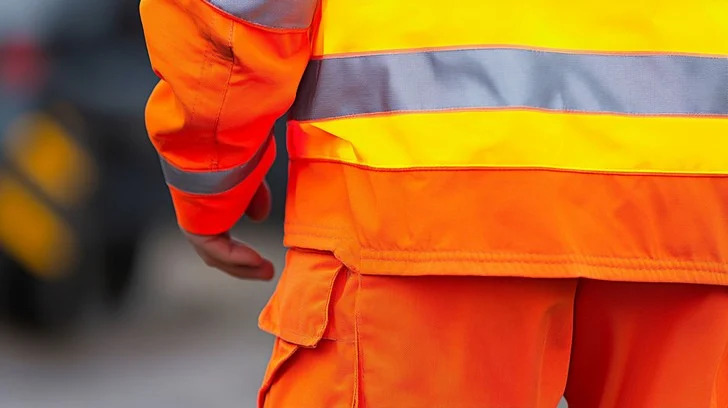With eCommerce sales on the rise and people ordering more things online (groceries, food, and other items), local delivery businesses registered historical highs.
As a result, when the pandemic first started the demand for delivery drivers and couriers also skyrocketed. Plus, a new trend emerged – an increase in startups that focus on last-mile delivery and logistics.
In the U.S. alone, the market size of last-mile delivery and logistics is projected to go over US $50 Bn by 2022. This comes on the backdrop of increased customer preferences and demand for services like same-day delivery or online grocery shopping.
In short, the present looks promising for anyone interested to start a business in last-mile or local delivery. But what about the future?
Increased Demand for Last-Mile Delivery
One of the most powerful reasons behind the recent popularity of local delivery services is technology. Customers now have a plethora of apps for on-demand services that require a driver (of any kind) to either deliver something or for transportation purposes.
Therefore, local last-mile couriers offer a valuable service, especially during an ongoing pandemic with increased stay-at-home times. Still, the road to becoming a courier is not very straightforward because the last-mile delivery system can be plagued by logistics and route planning problems.
In summary, the demand is high and will stay high in the future (even without a pandemic keeping customers inside), but the hurdles are equally high.
The Life of Last-Mile Couriers
The last leg of logistics (also known as last-mile delivery) is the final step in the supply chain. However, it’s also the most challenging and critical aspect of the delivery, regardless of its source (parcels, food, or groceries).
Last-mile couriers have to figure out the shortest route to each delivery point in order to keep costs down and live up to customers’ expectations. They also have to identify the ideal vehicle (car, bike, or scooter) and the optimal number of employees to perform all deliveries according to schedule.
Local couriers are the perfect solution for big courier companies or local businesses that want to keep their customers happy. Therefore, there is pressure to perform from both sides – the company that hires your services and the customer that’s waiting for the delivery.
The Market Will Change
While last-mile couriers do not compete with giants like Amazon, their life is influenced by them. Amazon’s same-day delivery promise showed customers everywhere that there is room for improvement in the logistics business. Therefore, the expectations of the market shifted, focusing more on speed and reliance. According to the logistics pros at Nomadia, route optimization has become more important than ever for delivery businesses.
As the pandemic settled in, the market’s expectations changed again. This time, the focus was on speedy and safe delivery, with increased demands of no-contact services.
People want the products they order online to reach their doorstep without having to chit-chat with the driver or sign for the delivery. Everything needs to be processed electronically and from a safe distance.
Of course, as the world will emerge from this experience, the expectations will shift again. Therefore, flexibility is crucial for the last-mile couriers who want to stay in business and keep turning a profit.
In Summary
While the local services, like online food delivery, are fueled by the work-from-home trend, the eCommerce boom and customers’ preference for online shopping are likely to continue. Therefore, if you want to invest in last-mile delivery services, experts say that the demand will remain high for the foreseeable future.
Still, it’s important to be aware of the challenges we mentioned above and keep an open mind towards change. This line of work is truly demanding and very susceptible to trends so it pays to be aware of what’s going on online and in real life.
Related Posts




